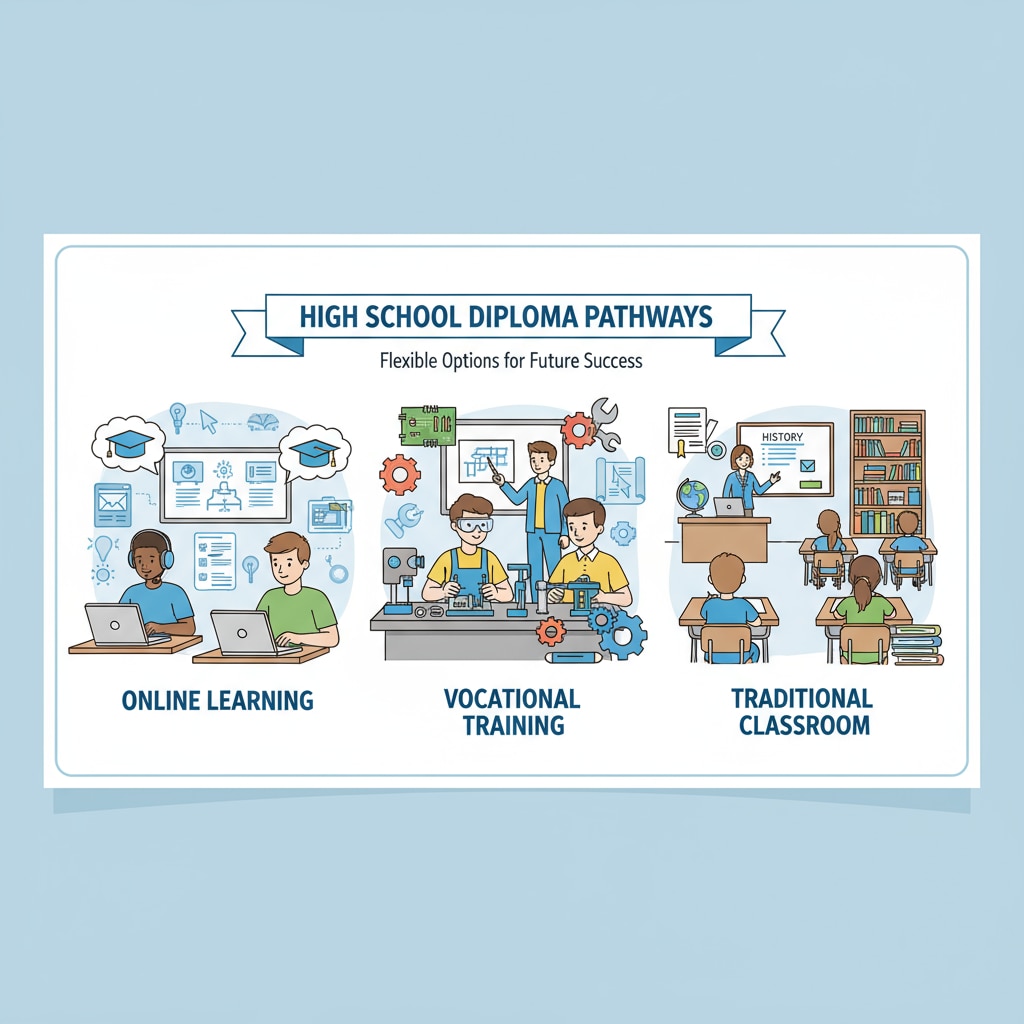In an era of evolving educational needs, diplomas, GED, and alternative options are becoming increasingly relevant. The traditional high school diploma is no longer the only route to educational achievement. Let’s take a closer look at these alternatives and their implications.

The Rise of Alternative High School Credentials
Over the years, the landscape of high school education has undergone significant changes. Many students face circumstances that make the traditional four-year high school program challenging. As a result, alternative options have emerged to meet these diverse needs. For example, some students may have to work to support their families, while others might have health issues that prevent them from attending regular classes. These alternative paths offer flexibility and a chance to earn a recognized credential.
Understanding the GED
The General Educational Development (GED) is one of the most well-known alternatives to a traditional high school diploma. It consists of a series of tests that assess a student’s knowledge in areas such as language arts, mathematics, science, and social studies. According to Wikipedia, the GED is recognized by most colleges and employers. One of the major advantages of the GED is its flexibility. Students can study at their own pace and take the tests when they are ready. However, some may argue that it lacks the in-depth learning experience of a traditional high school program.

Other Alternative Options
In addition to the GED, there are other alternative options available. Some states offer high school equivalency diplomas through different testing programs. These programs often have their own requirements and curricula. Vocational and technical education programs can also provide an alternative path. Students can gain practical skills in fields like plumbing, electrical work, or culinary arts while earning a diploma. This not only gives them a marketable skill but also a pathway to further education or employment. Britannica provides more information on vocational education.
Readability guidance: By presenting the information in a clear and organized manner, using short paragraphs and lists, we can easily understand the different aspects of high school diploma alternatives. Each option has its own set of pros and cons, and it’s crucial for students and parents to carefully consider these factors before making a decision.


